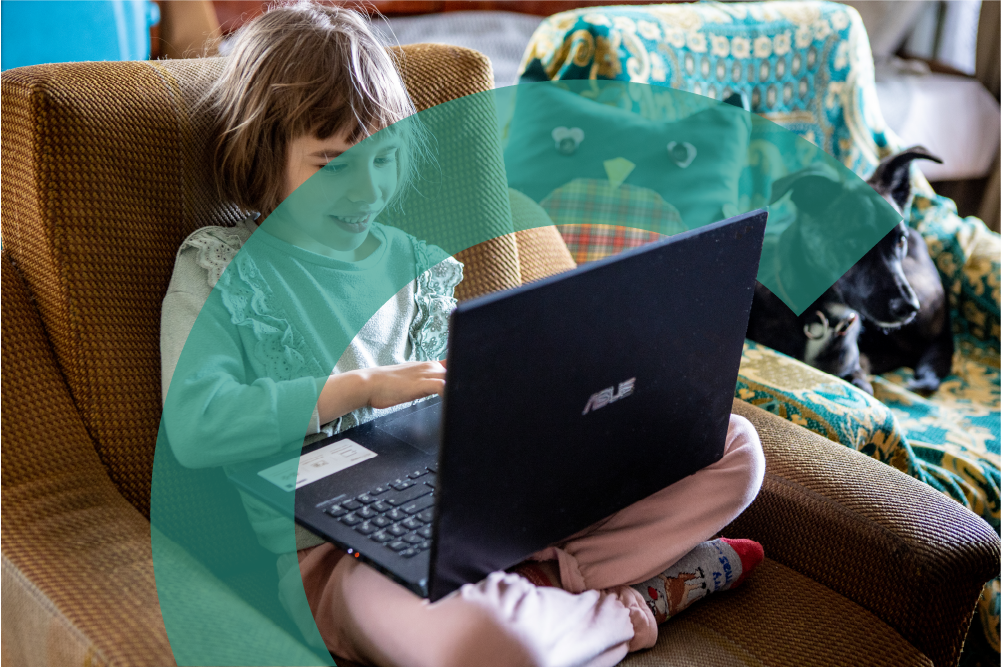Did you know that one in three internet users worldwide is a child? Nowadays, children spend a significant part of their lives on screens, delving deeper into platforms that may not prioritise their safety. Disturbing trends are emerging, posing risks to children of all ages, even those too young to communicate. As more children across the globe transfer their lives online, the threat of online sexual abuse and exploitation (CSEA) increases.
Online CSEA can take various forms, including the creation and sharing of explicit sexualized content involving children, also known as child sexual abuse material (CSAM). This content includes photos, videos and digital images, which can be used for self-gratification or shared more widely online, further victimising the child. In 2024, there were 20.5 million reports of suspected child sexual abuse material, a significant increase from the previous year.


Data from organisations like the National Center for Missing and Exploited Children and INHOPE are concerning. Shockingly, 93% of victims in reported cases are between 3 and 13 years old, with even infants as young as 4 months old falling victim to online exploitation. Moreover, 59% of online child sexual abuse content is hosted by the European Union.

A comprehensive study across 13 countries in Africa and Southeast Asia reveals that up to 20% of children in some nations suffer from online sexual abuse. This translates to over 5 million 12–17-year-olds experiencing online abuse in 2020. Most often, the abusers are individuals known to the child, sometimes using grooming techniques to exploit them.


Children themselves can generate sexualised self-images and videos as they explore the digital world. This material can end up being shared without their knowledge or consent. In 2023, the Internet Watch Foundation recorded over 275,000 reports of self-generated explicit material, an increase of 8% from the previous year.

These trends are driven by factors like increasing internet access, evolving technology, and underregulated digital environments. Inadequate child safety measures on many online platforms exacerbate the issue. Additionally, malicious sharing of explicit content may occur between peers, such as sexting or harassment. Live-streaming of child abuse is also growing in prevalance. This type of abuse is incredibly difficult to detect, due to its real-time nature and lack of digital evidence.
Our donors fund our growing number of projects around the world. Supporting children and young people of all ages acclimatise to the digitial world, helping them to identify threats and avoid exploitation.

Subscribe to our monthly newsletter to keep up-to-date on the latest progress, news, events and reports from Safe Online and the wider community working to end violence against children.

Copyright Safe Online 2023 ©
All imagery is taken from the Safe Online and UNICEF image library
We are here to ensure every child and young person grows in to the digital world feeling safe, and is protected from harm.
We support, champion, and invest in innovative partners from the public, private, and third sectors working towards the same objective.
We believe in equipping guardians and young people with the skills to understand and see danger themselves once accessing digital experiences without supervision.